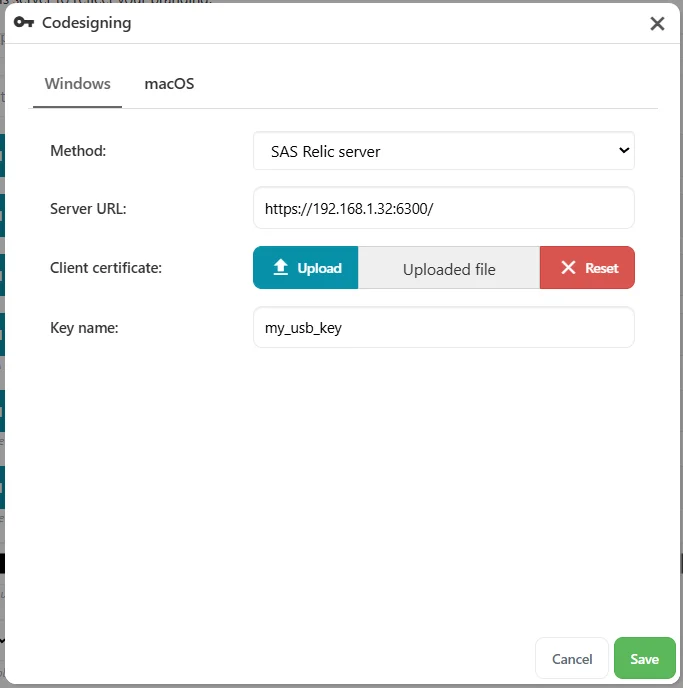Changes compared to 25.8.1
New Features
Proxmox backups and restores with non-root users
In Comet 25.8.2, Proxmox backups and restores can now be run using a correctly configured non-root user.
Proxmox restores to Ceph/RBD
Proxmox restores can now be performed to Ceph/RBD storage.
Changed block tracking for Proxmox protected items
Changed block tracking (CBT) is now supported for Proxmox Protected Items, allowing for significantly reduced job times when backing up low-churn datasets.
Enhancements
Added support for backing up stopped Proxmox VMs
Stopped Proxmox VMs can now be started in a suspended state, allowing them to be backed up.
Storage Template support for new Impossible Cloud regions
Storage Templates can now be configured for Impossible Cloud's new West-2 and North-1 regions.
Added support for restoring Proxmox LXC containers
Comet 25.8.2 has added support for performing restores of Proxmox LXC containers back into Proxmox.
Bug Fixes
- Fixed an issue processing changes by administrators
- Fixed an encoding issue in the Comet Management Console web interface
- Fixed an issue processing changes by tenant administrators
- Fixed an issue leading to incorrect date selections when configuring a monthly schedule in the Comet Backup desktop app
- Fixed an issue with future Deep Verify operations on a Storage Vault being blocked if multiple jobs tried to simultaneously initialize the vault on its first use
- Fixed an issue leading to inaccuracies in SMB-backed Storage Gateway disk size reporting
- Fixed an issue in the Comet Management Console web interface causing the header for the size column to be formatted incorrectly in exported job history
- Fixed an issue in the Comet Management Console web interface affecting the human readable formatting of 'n/a' duration values in exported job history
- Fixed an issue building device associations when creating custom Storage Vaults from the Comet Management Console
- Fixed an issue causing Windows Disk Image backups to fail on host devices with Windows Containers enabled
- Fixed an issue with Comet attempting to backup external VSS snapshots in a Windows Disk Image backup
- Fixed an issue with missing warning messages when manually starting cometd.exe on Windows outside of a service context
- Fixed a cosmetic issue with the window size changing when editing a Proxmox Protected Item from the Comet Backup desktop application
- Fixed an issue with 'Invalid Authentication' errors when a user profile has many thousands of Protected Items and/or Storage Vaults
- Fixed an issue with process argument visibility when using the Comet Backup desktop application
- Fixed an issue with unresponsive cancellation when accessing a remote Proxmox VE server
- Improved the handling of failed message downloads during Office 365 backups by falling back to alternative retrieval methods
- Fixed an issue with the Comet Backup agent failing to open Storage Vaults when multiple keys are present
- Fixed an issue preventing Comet from restoring a Proxmox VM when not all disks were backed up
- Fixed an issue with not respecting the choice of target backup method for Proxmox LXC containers
- Fixed an issue preventing the horizontal scrollbar appearing on the user group management page when overflowing
- Fixed an issue with timing alignment in some scenarios causing scheduled backups not to start
